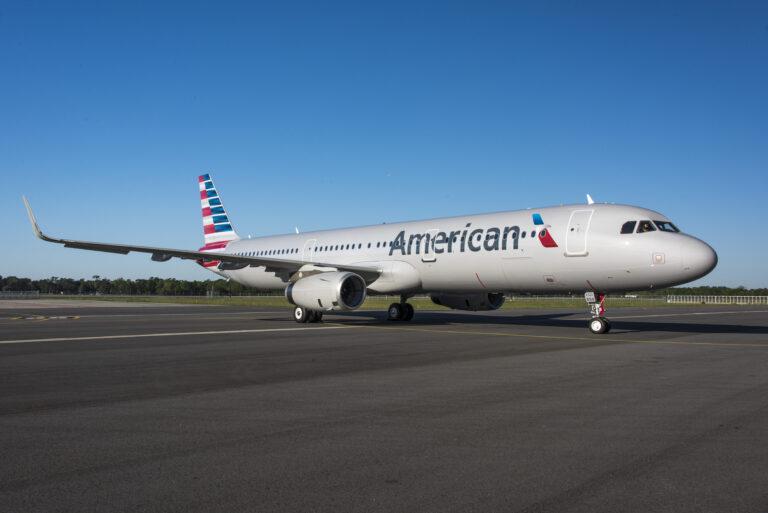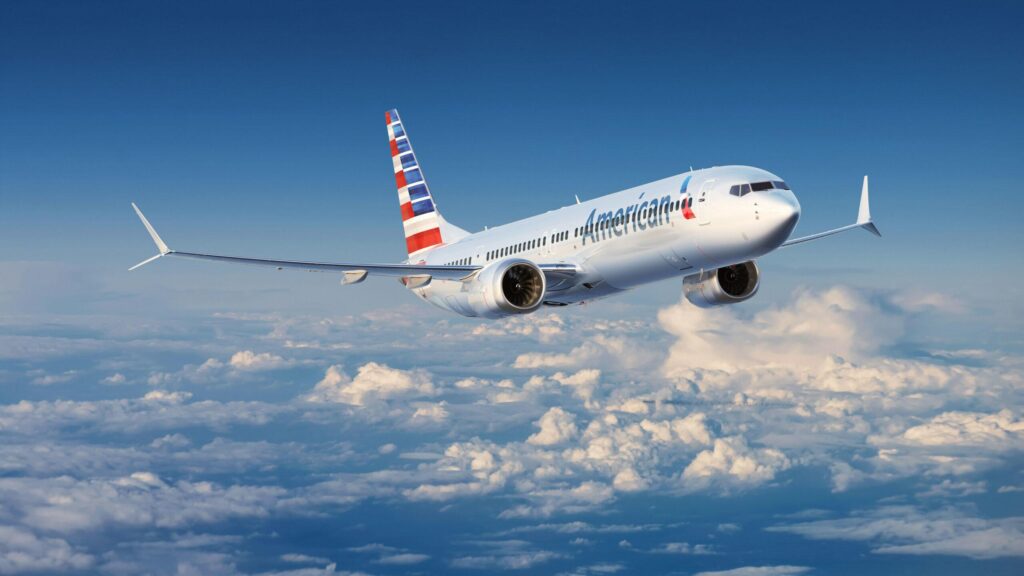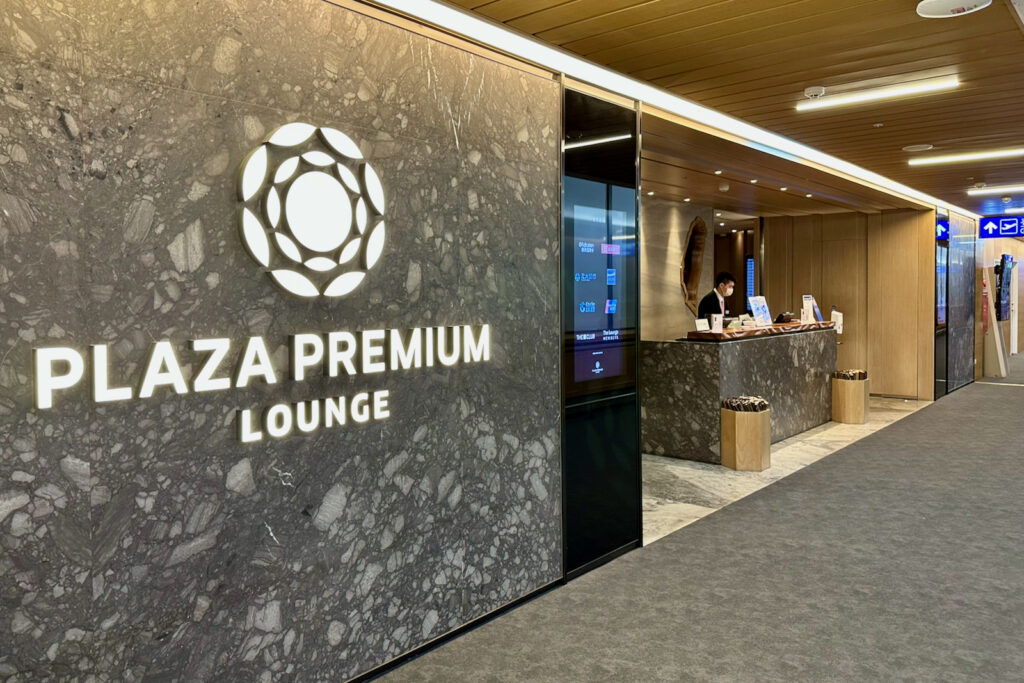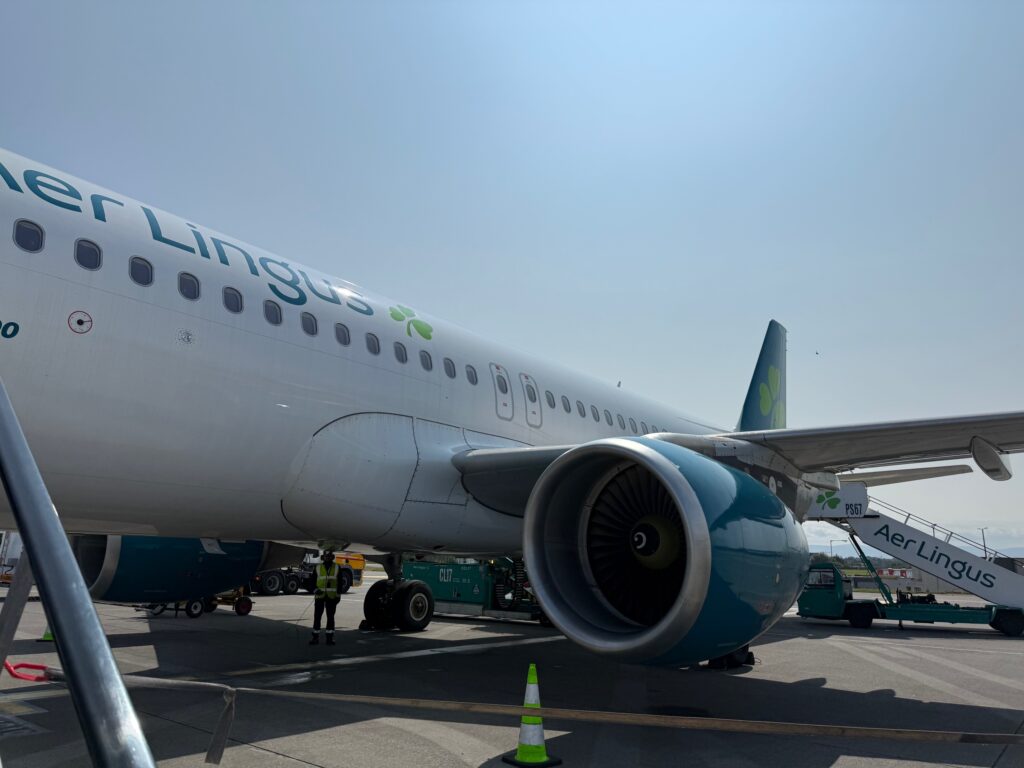United’s Big Summer Leap: Greenland & Mongolia Take Center Stage
I’ve been following airline trends for quite some time, and United’s decision to expand its global reach like never before has me buzzing with excitement. Despite potential challenges like Boeing delivery delays and evolving airport infrastructure, it’s clear that the carrier is forging ahead to connect more corners of the world with U.S. travelers. This massive rollout from major hubs—including Newark, Washington Dulles, Houston, and San Francisco—truly highlights the airline’s commitment to discovering new flight paths where few (if any) U.S. carriers have ventured before.
Europe’s Gems

I’ve observed that Europe’s appeal goes far beyond the classic weekend-in-London approach. With this expansion, United is not just focusing on beloved destinations such as Venice or Nice. They’re also launching routes to Faro and Madeira in Portugal, plus Bilbao and Palermo, which offer a more immersive cultural experience. A recent study suggests that second-tier European cities are experiencing a surge in international tourism, largely from travelers seeking something different from the well-trodden capitals. It’s thrilling to think of exploring sun-soaked beaches in the Algarve or savoring pintxos in the Basque region without having to route through multiple layovers.
In my own explorations around Europe, I’ve noticed that these “less mainstream” destinations often celebrate centuries-old customs that remain relatively untouched by mass tourism. Palermo, for instance, bustles with lively street markets that feel like stepping back in time, while Madeira’s scenic coastal mountains provide some of the most dramatic hiking trails on the continent. By making these routes more accessible, United is empowering curious travelers to embrace Europe’s hidden gems, rather than sticking to the usual big-city visits.
From an airline strategy standpoint, United’s approach leverages the rising trend of experiential travel. According to industry data from 2024, 70% of travelers report wanting to “live like a local” when they reach a new destination. Bilateral agreements and strengthened airport infrastructure in these emerging spots mean that booking flights could be more predictable and cost-effective, encouraging travelers to take the leap and explore more adventurous itineraries.
Offbeat Destinations

Greenland and Mongolia represent two new frontiers that I never thought I’d see served by a mainstream U.S. airline. Nuuk, with its soon-to-be-upgraded international airport, is poised to welcome visitors intrigued by Arctic landscapes, traditional Inuit culture, and breathtaking fjords. I remember reading about remote corners of Greenland (like Ilulissat Icefjord) that offered unparalleled views of glaciers calving into the sea. Now, travelers might experience those sights by flying direct from Newark, cutting out multiple connections that used to make a trip to Greenland a serious undertaking.
Meanwhile, Mongolia holds an allure all its own. From the vast Gobi Desert to the rugged Altai Mountains, it’s a destination that has captured my imagination for years. United’s seasonal Tokyo Narita–Ulaanbaatar route provides a neat crossover for travelers already eyeing East Asia. According to a 2023 report from the Mongolian Tourism Association, the country expects a 50% increase in inbound tourism by 2026, fueled by a growing interest in nomadic culture and adventure travel. These new routes could be a game-changer for local economies while offering American travelers bragging rights to visiting one of the world’s most isolated regions.
Logistically, launching flights to places like Greenland and Mongolia requires close coordination with local aviation authorities and airport facilities. My research suggests that as more travelers venture to these distant locales, support services—like English-speaking guides, improved roads, and expanded accommodations—tend to improve in tandem. This mutual benefit can create a virtuous cycle, opening up further opportunities for cultural exchange and giving curious explorers reasons to consider these off-the-beaten-path getaways.
Breaking into the Asia-Pacific
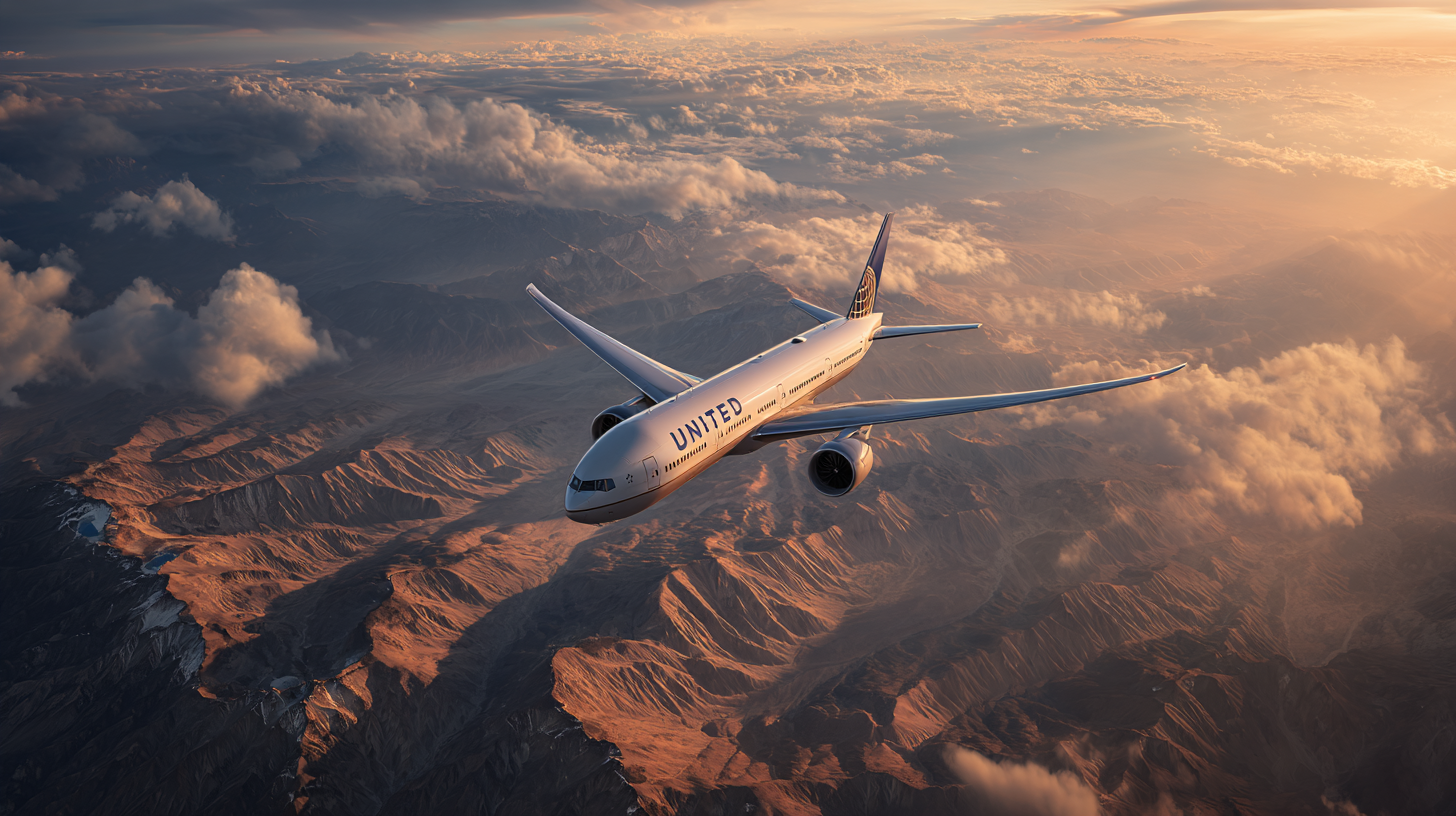
United’s newest flights across the Pacific include a notable link from Newark to Kaohsiung in Taiwan, reflecting the carrier’s dedication to tapping demand in East Asia. Although Taipei has traditionally been the go-to destination for travelers to Taiwan, Kaohsiung has become an emerging hotspot. I’ve spent time reading about its up-and-coming art districts and coastal parks that rival any major metropolitan center. According to Taiwan’s Tourism Bureau, Kaohsiung’s international arrivals have grown steadily over the past few years, marking it as a city ready for prime time in global travel.
Additional routes to places like Palau further illustrate that United sees a bright future in the Asia-Pacific region. Many travelers I’ve spoken with have these tropical islands on their dream bucket list. With more airlines investing in new routes here, there’s an expectation of price competition that might make these pristine islands more attainable for visitors from the United States. That’s a major bonus if you’re looking to extend your Asia journey with a short hop to an unspoiled paradise.
Across the broader region, the 2025 outlook for air travel remains promising. Industry watchers at the International Air Transport Association note that transpacific travel demand is trending upward—buoyed by new generation aircraft offering better range and efficiency. When major carriers like United reinvest in direct connections, I see it as a signal for travelers to consider broader itineraries involving multiple stops throughout Asia, capitalizing on flexible scheduling and increasingly affordable fares.
Why Frequent Flyers Should Care
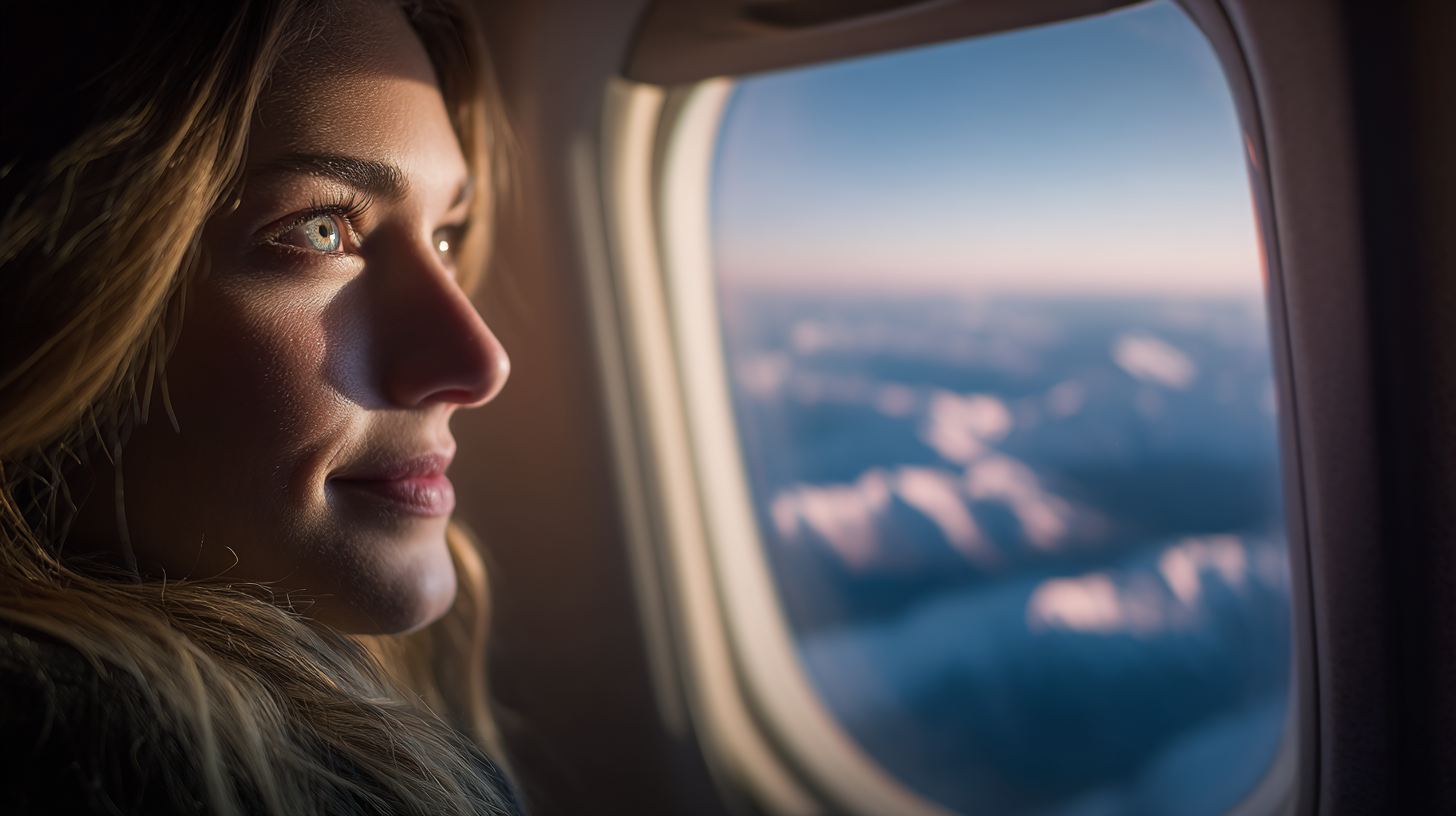
For anyone eyeing mileage runs or seeking to climb elite tiers with United, these uncharted routes offer fresh ways to rack up miles while seeing exhilarating destinations. I’ve personally seen how travelers can maximize rewards by leveraging smaller airports or lesser-known routes. The opportunity to connect via Washington Dulles, Houston, and other major hubs to exotic locales can be an enticing prospect—especially if you like combining business trips with adventure travel.
Moreover, these expansions may enhance lounge access options and the ability to bundle multi-destination itineraries on a single award booking. The potential for unique stopovers—like grabbing a flight from Newark to Nuuk and then continuing onward to mainland Europe—is a real milestone in modern travel. At the same time, competition typically benefits travelers by keeping fares within reason and encouraging additional route improvements.
Final Thoughts
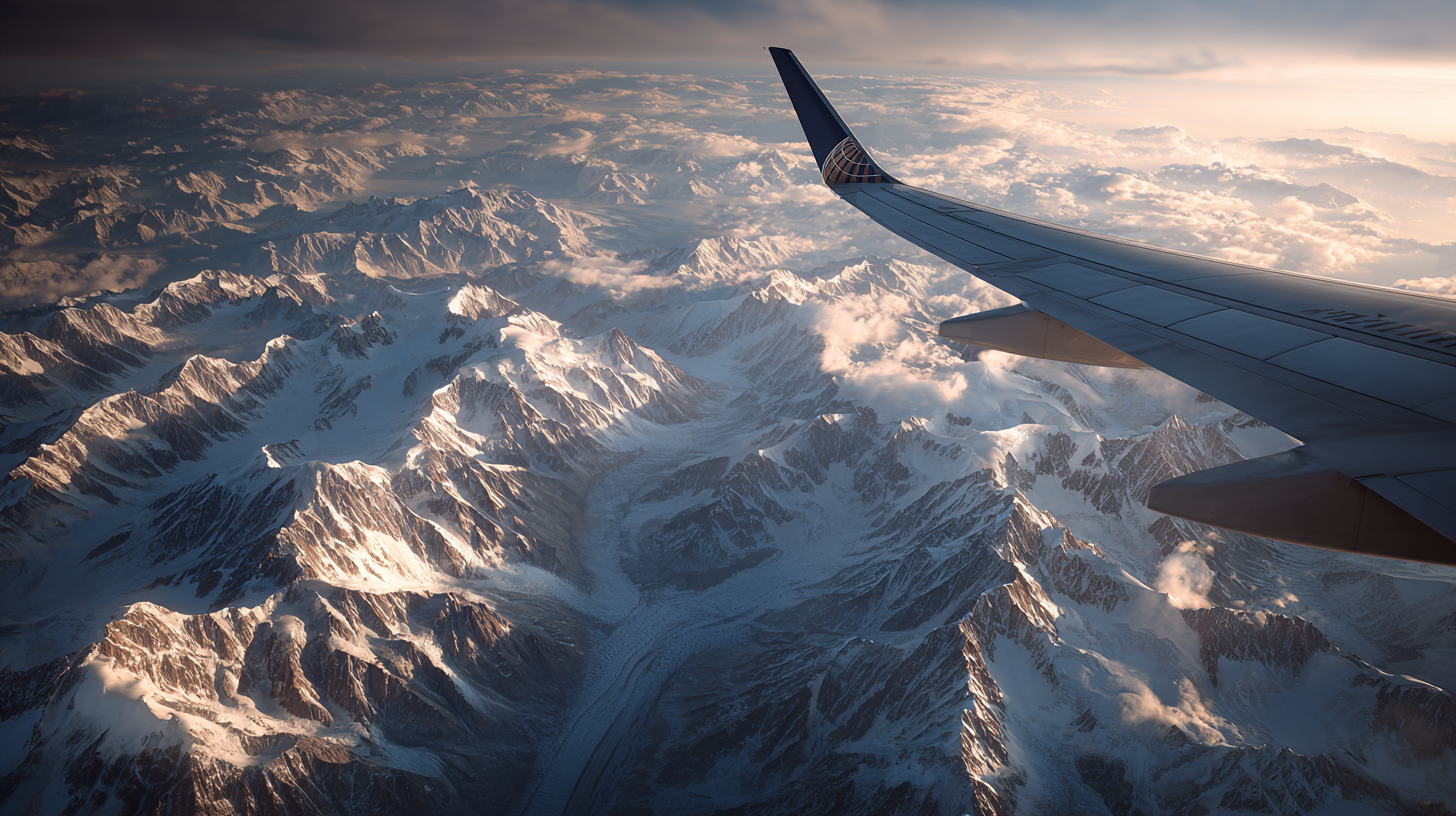
United’s grand push into new horizons signals a future where remote regions become increasingly accessible, and we’re only at the beginning of this wave. I’m convinced that as more travelers return from Greenland or Mongolia with rave reviews, the popularity of these destinations will continue to grow. Likewise, offering expanded service to Kaohsiung, Palau, and beyond shows how the Asia-Pacific region remains a high priority for airlines in 2025. The bottom line: the world is shrinking in the best possible way, opening doors for personal enrichment and cross-cultural exchange.
It’s important to note that this isn’t just about faraway vacations; these new routes also strengthen the global travel ecosystem. Local economies thrive on tourism, and in many cases, expanding flight networks can encourage better infrastructure, increased trade, and stronger international relations. Whatever your motivation, whether it’s climbing frequent flyer ranks or exploring hidden wonders, the possibilities are expanding faster than ever before.
Sky Skylar’s Take
I’ve always believed that the spirit of travel lies in uncovering the unexpected. Watching an airline stretch its wings to destinations we once considered unreachable reaffirms that our wanderlust will never be fully contained. Whether it’s your first time treading foreign soil or your hundredth, a flight to an unconventional spot can remind you why you fell in love with travel in the first place.
From Greenland’s icy fjords to Mongolia’s sweeping steppes, these routes symbolize more than just convenience. They stand as an invitation to reimagine what global exploration can look like in an era where technology, curiosity, and cultural discovery converge.
BoardingArea is the perfect place to stay informed about these developments and more in the world of travel.
- For a glimpse into luxury travel, check out Inside United’s Chicago Polaris Lounge: The Next-Level Upgrade to see how United is redefining the airport lounge experience.
- Curious about which airlines are leading the pack this year? Discover the top choices by reading The Best Airlines to Fly in 2025: A Comprehensive Guide.
- Learn how Norse Atlantic Airways: Revolutionizing Low-Cost Transatlantic Travel is transforming affordable travel across the Atlantic with their innovative approach.
- Dive into the latest travel trends with A Year In Review: Luxury vs. Budget Travel Trends and see how luxury and budget options are evolving.
- Explore STARLUX Airlines Review: The Rise of Taiwan’s Luxury Carrier to find out why this Taiwanese airline is making waves in the luxury travel market.




